Genomic indexes have created both excitement and concern in the dairy industry. Some accept the science and the results while others are saying ‘Not so fast please! How can the accuracy be checked out?’ In the history of the dairy industry there has been 3 key issues that breeders took a strong stance for or against, artificial insemination, genetic indexes and now Genomics. With new traits being introduced and the world becoming more global there has certainly been loads of debate. While there has been many anecdotal comments about how and if it is working. In an effort to further answer this question (Read more – Is The Genomic System Really Working), the Bullvine went searching for information on how genomics is performing outside of North America and also how it is performing for health and fertility traits.
The German Genomic Experience
Dr Stephan Rensing from VIT (Genetic Evaluation & Research Centre) in Verden reported on genomics in dairy in German at the September 2102 ICAR Meeting (Read more – What the Experts Will Tell You About Who Is Winning The Genetic Improvement Race). His presentation was entitled “Two years of experience with genomics – how well does it work?” In Germany, like elsewhere, about 50% of the AI services are to young sires with both parent averages and genomic results.
In his report he mentions that with genomics results, known early in life, it totally changes the practices that breeders and A.I. organizations follow in selecting animals. Instead of selecting based on parent averages with low reliabilities followed by sampling, evaluating and then selecting the very best, both breeders and AI can now relatively accurately make selection decisions well before an animal is reproductively mature. He strongly recommends that selection be made based on all the information that is available on an animal at any point in time. That can be parent averages and genomic indexes or indexes that include parent averages, genomic evaluations and progeny performance data. Breeders have a new tool to increase accuracy and speed up the decision making.
The bottom line for Dr Rensing is that genomics is working very well in Germany.
In God We Trust, All others must bring data
Dr Rensing included in his study the 199 bulls in Germany that received their first official daughter proof in April 2011. He compared their December 2010 genomic indexes to their April 2012 proofs. The reason April 2012 (the 4th proof run for the bulls) was chosen was because it allowed for more daughters, more data from each daughter and for daughters to be in their second lactation. Or in short, provided for more accuracy. Dr Rensing studied the correlations between the two sets of indexes and also how the very best sires performed. The very best sires are important as they are the ones returned to active AI service and used as the sires of sons.
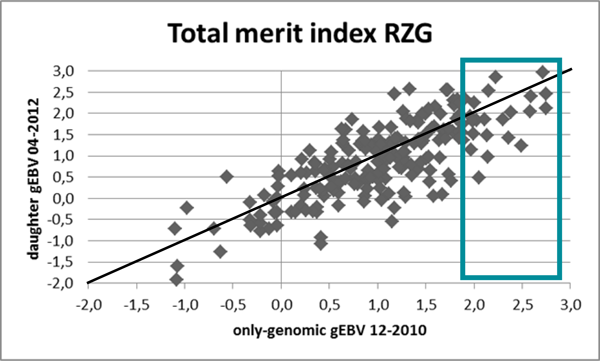
12-2010 genomic proofs vs. 04-2012 daughter based proofs
For total merit (RZG) 95% of the bulls have an official daughter proven index within 0.6 standard deviation of their genomic index. That is very good. Much better than had been the case when bulls only had pedigree indexes when entered into A.I.. Note that the top 10% (twenty) of the bulls perform in a similar manner to all the other bulls. Showing that even the extreme sires had the same expected performance reliability as all the others sires. Something anecdotal comments in the past thought to be not true.
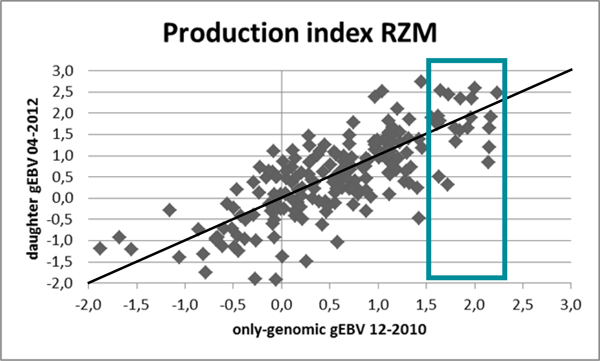
12-2010 genomic proofs vs.04-2012 daughter based proofs
When looking at production indexes (above) and conformation traits (below), again 95% of the bulls have a combined April 2012 index within 0.6 standard deviations of their December 2010 genomic index for both production and conformation. More evidence that there is a good relationship between genomic and official progeny proven indexes.
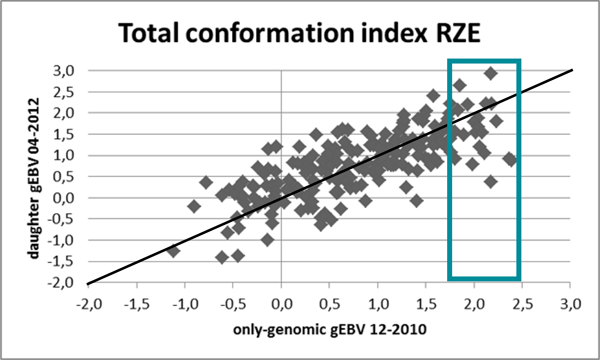
12-2010 genomic proofs vs.04-2012 daughter based proofs
The results from health traits (below) surprise to me. I had thought that there would be greater variation between genomic indexes and official progeny proven indexes for these lowly heritable traits. However it is less, almost half as much variation. After thinking about it, it stands to reason that for traits of lower heritability the genomic indexes are a giant step forward and will greatly assist in breeding for mastitis resistance, fertility and length of productive life. Since the Holstein breeding world is moving to breeding for these traits (Read more – Fact vs. Fantasy: A realistic approach to sire selection and From Fantasy to Reality: Top sires to address herd culling problems) genomic indexes will make that almost impossible job possible.
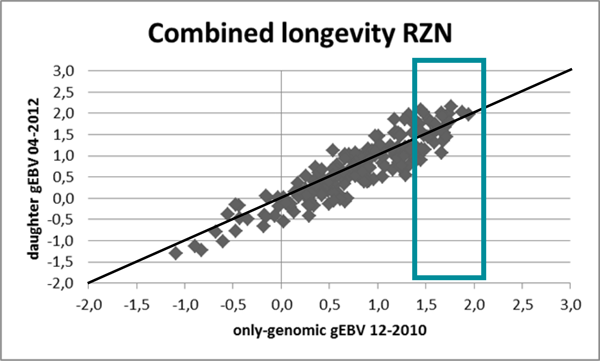
12-2010 genomic proofs vs. 04-2012 daughter based proofs
Comparing Top Canadian Genomic Bulls
To take this article one step further The Bullvine decided to study the current top five gLPI and compare them to each other.
Name LPI Prot Conf SCS DF
MR LOOKOUT P ENFORCER-ET 3837 89 15 2.81 109
GENERVATIONS LIQUID GOLD 3607 87 14 2.84 102
MR CHARTROI ELOQUENT-ET 3507 91 13 2.81 97
MR LOOKOUT P EMBARGO-ET 3467 71 16 2.85 105
DE-SU DISTINCTION 11130-ET 3447 74 14 2.79 104
To start with we must say that these five bulls are all 99% Rank. Enforcer is the best for LPI and daughter fertility. However each other bull has his strength – for protein yield Eloquant is the best, for conformation Embargo is the best and for SCS score Distinction is the best. If you are using any or all of these bulls, first make sure they are strong where your herd needs improvement and then use corrective mating.
More CDN Research Underway
CDN is currently conducting research into confidence limits around the individual trait genomic indexes. Some time ago CDN did publish that for genomically evaluated bulls with 65% reliable gLPIs, breeders can except 95% of the time that their official proof will be within 670 LPI points (within about 18-20%). Meaning that we can be 95% sure that Enforcer will be higher than +3167 LPI once he has his official progeny proven index that is over 90% reliable. That would mean that at least 95% of the time Enforcer would end up with an official proof that would rank him #2 in Canada. That is the worst case.
Apply this to your breeding programs when looking at a genomic young sire you can take 670 LPI points or approximately 455 TPI points off their predicted index and they will achieve that number or higher 95% of the time. For example, take the #1 gPA TPI sire, Seagull-Bay Supersire, who has a current gPA TPI of +2530, you can be 95% certain that his daughter proof that is over 90% reliable will be at least +2075. That would place him in the top 43 sires in the US (220 points behind current proven leader Freddie). Remember that is 95% of the time he would be there at least. Not a bad worst case scenario.
The Bullvine Bottomline
Genomic indexes are a great tool that allows breeders around the world to more accurately select from within the animals that do not have an official sire proof or cow index. It is true they are not as accurate as indexes that include actual cow or progeny performance information for production and conformation traits. However they are significantly better than parent averages and a great addition to the breeder’s tool kit when it comes to selecting for health and fertility. They are here to stay, they will be used by discerning breeders and yes they will be improved on over time.
Not sure what all this hype about genomics is all about?
Want to learn what it is and what it means to your breeding program?






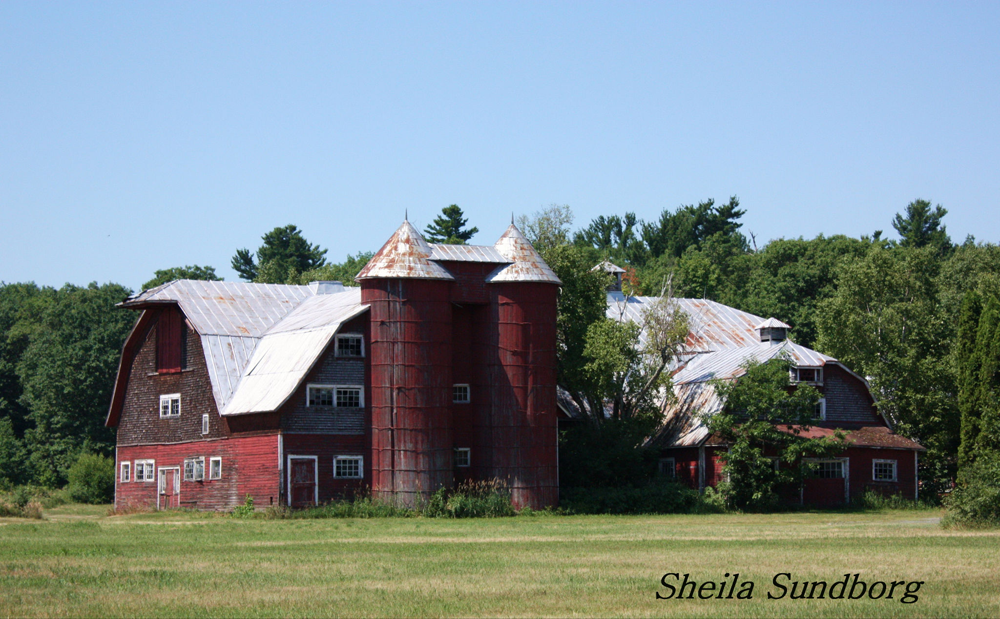
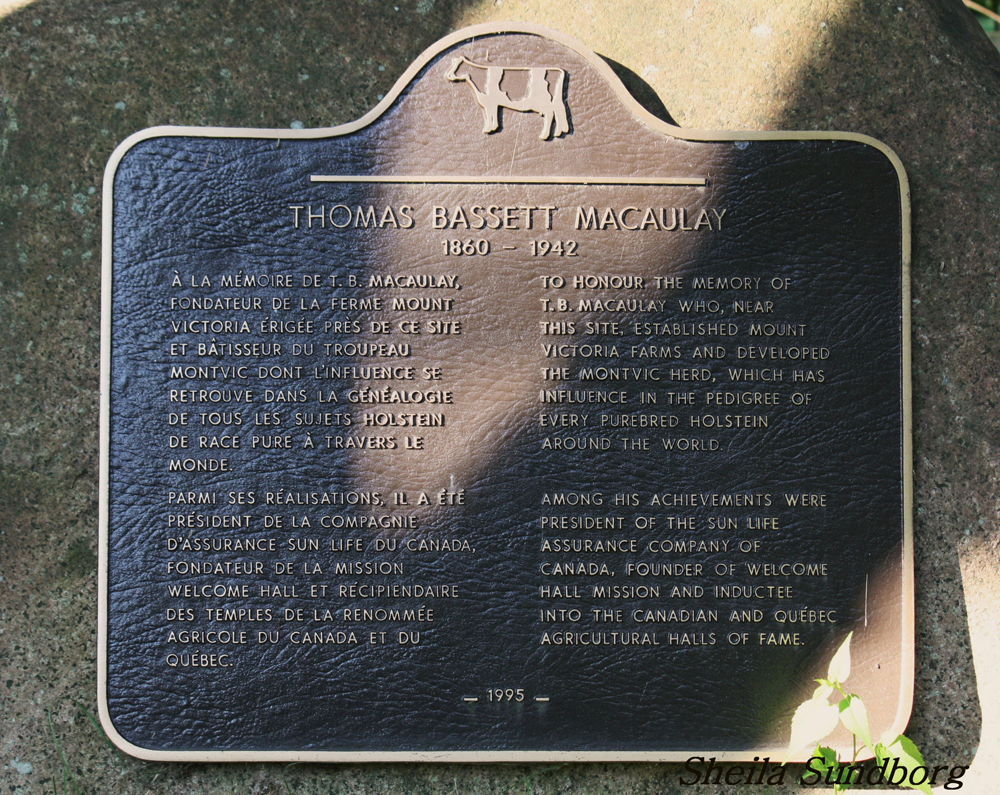

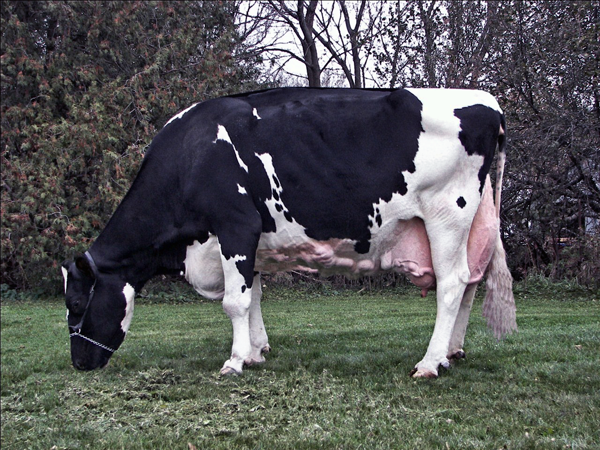
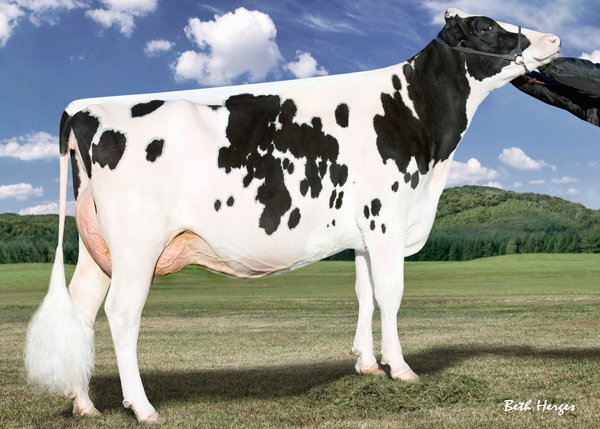
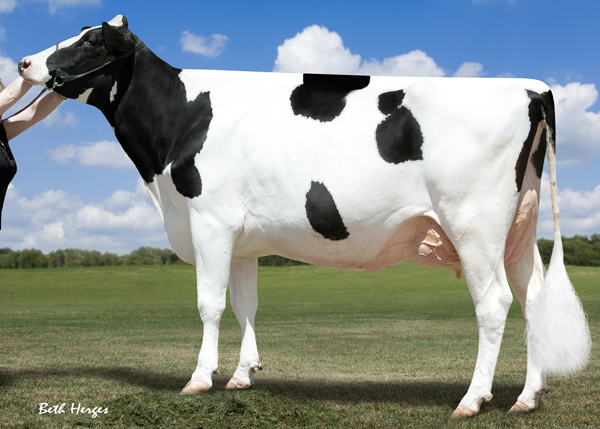
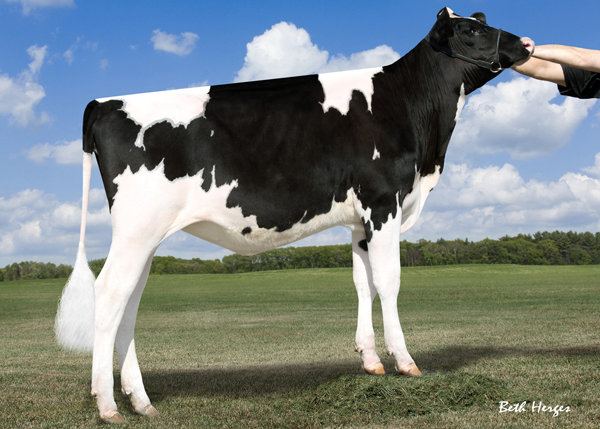
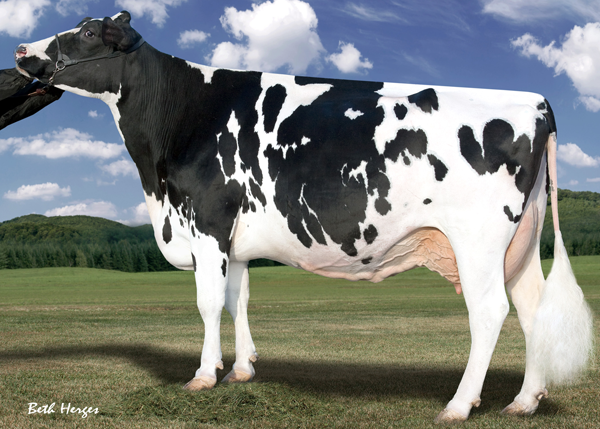
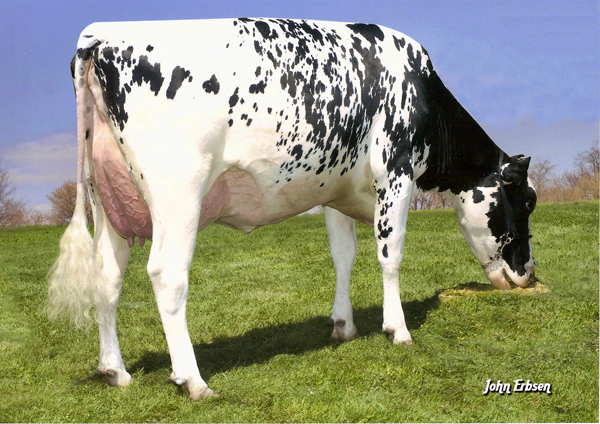
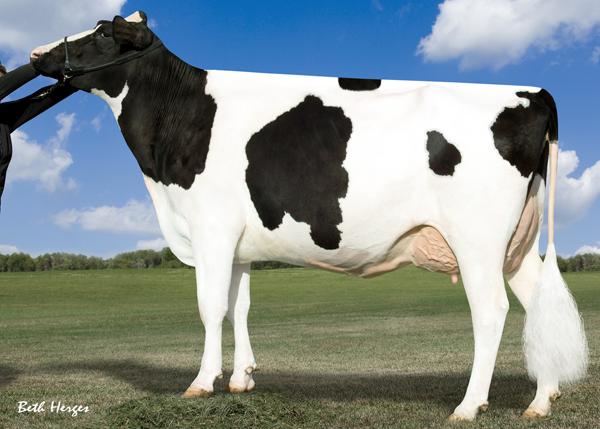

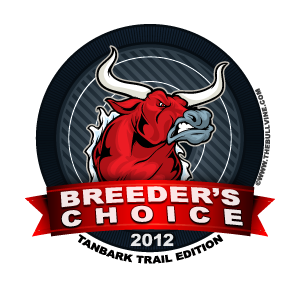 In the age of American Idol, Dancing with the Stars and countless other franchises where the fans decide the outcome, it’s about time for Dairy Breeders to join the decision-making fun.. That is why the Bullvine has created the Breeder’s Choice Awards. The Breeder’s Choice Awards celebrates fan favorites in the show ring, index cows, sires and dairy celebrities. It stands alone as the only major award where real people – not industry insiders – determine the winners.
In the age of American Idol, Dancing with the Stars and countless other franchises where the fans decide the outcome, it’s about time for Dairy Breeders to join the decision-making fun.. That is why the Bullvine has created the Breeder’s Choice Awards. The Breeder’s Choice Awards celebrates fan favorites in the show ring, index cows, sires and dairy celebrities. It stands alone as the only major award where real people – not industry insiders – determine the winners.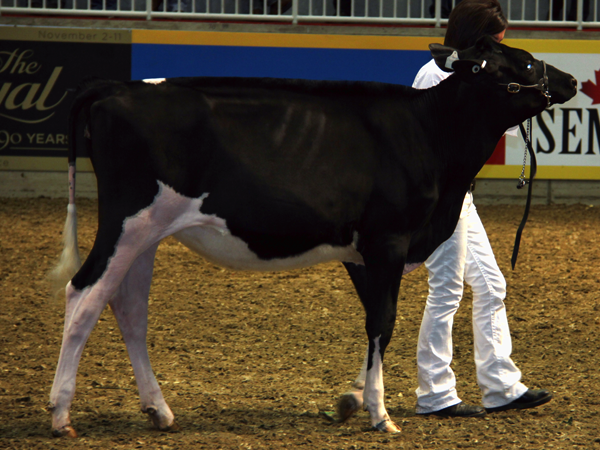
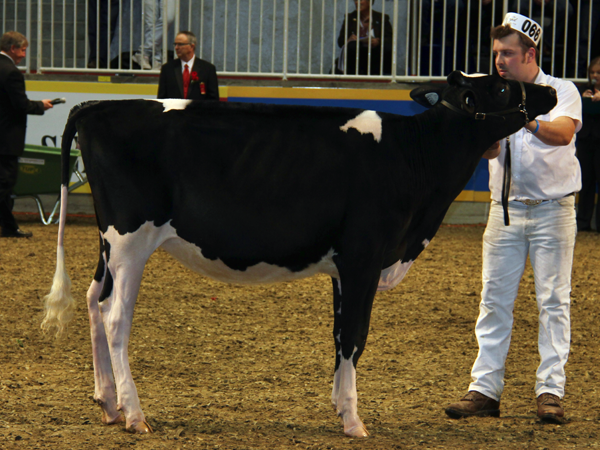
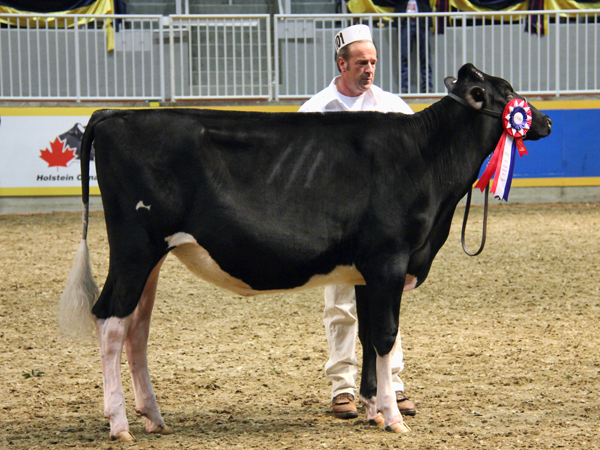
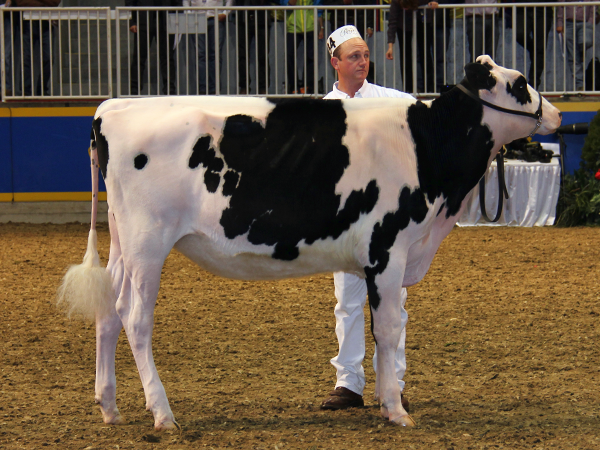
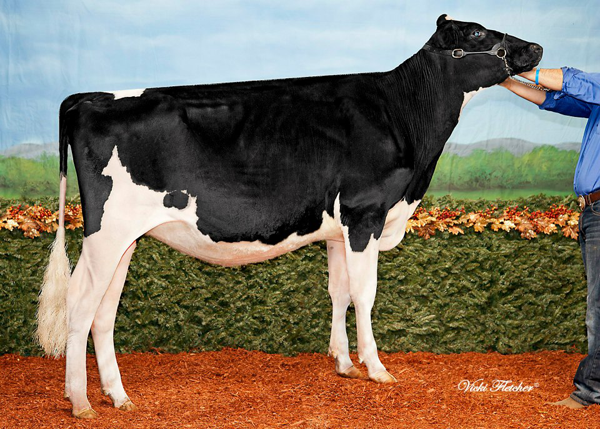
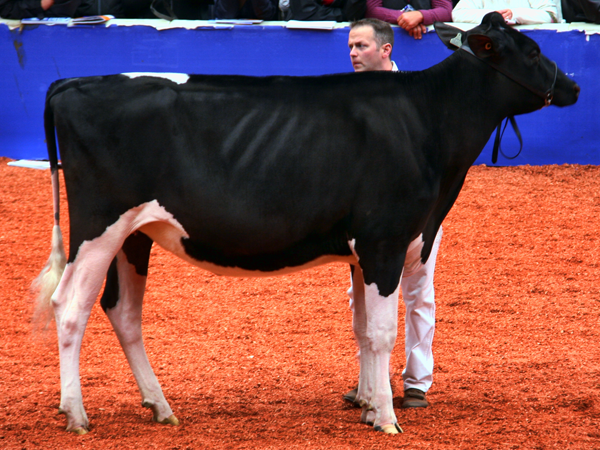
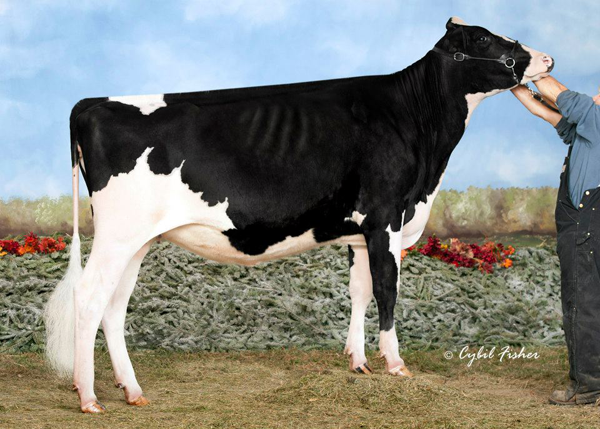
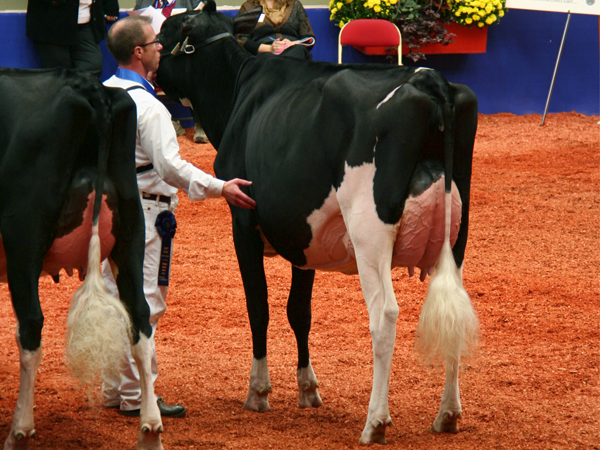
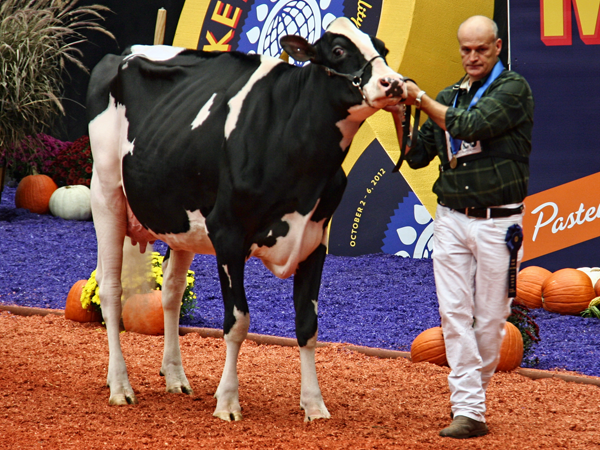
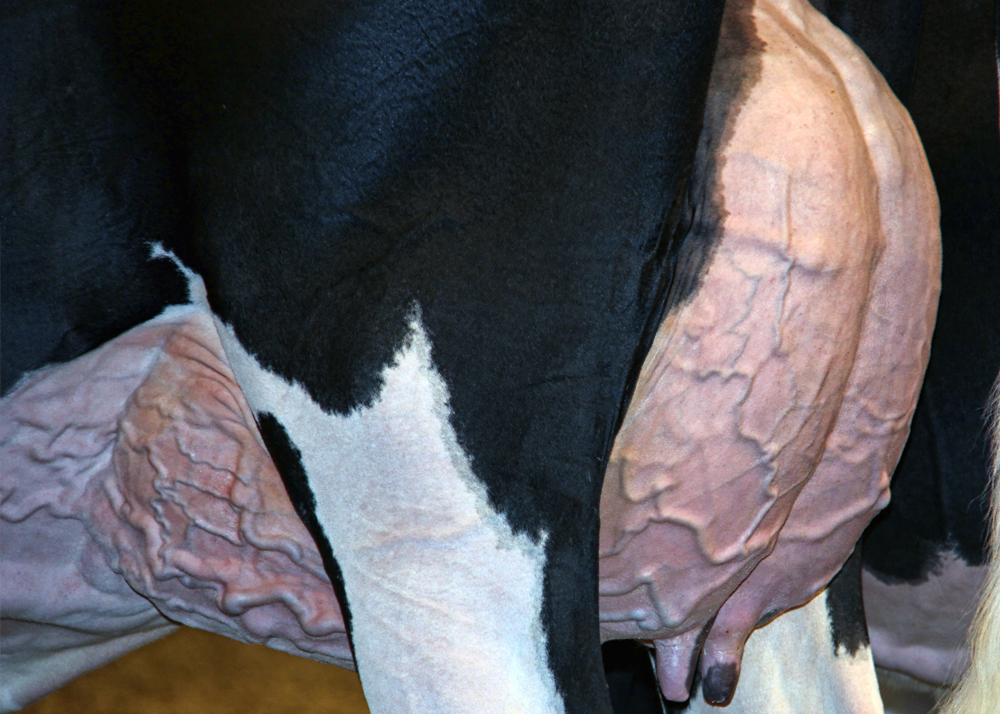
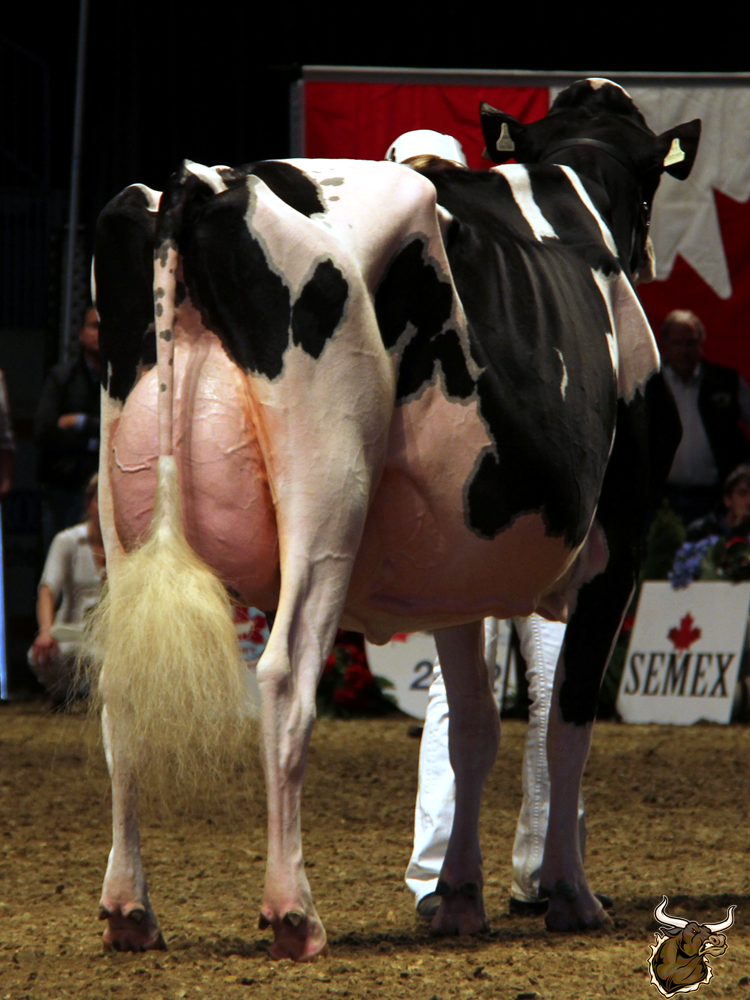
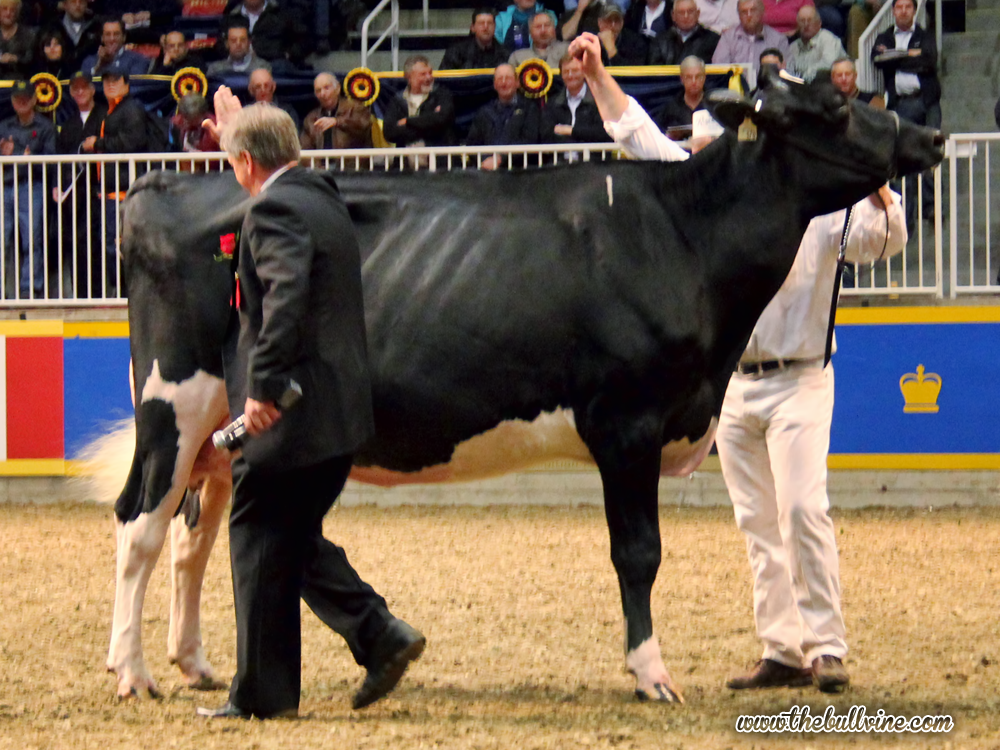
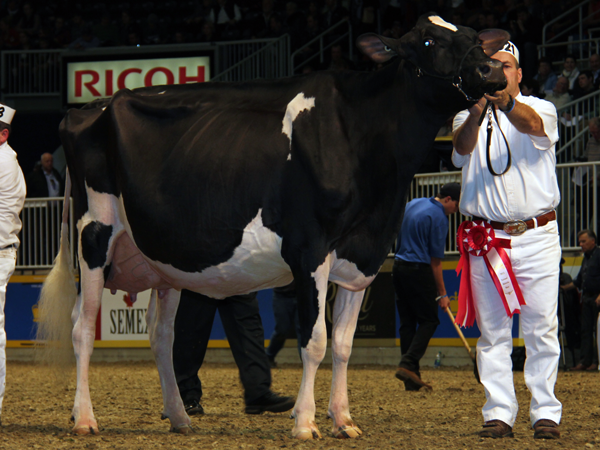
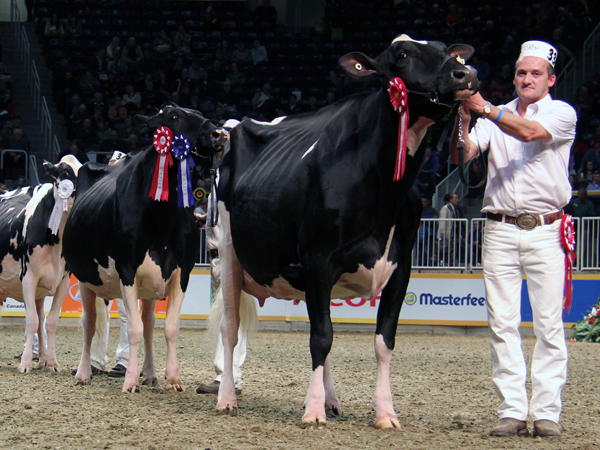
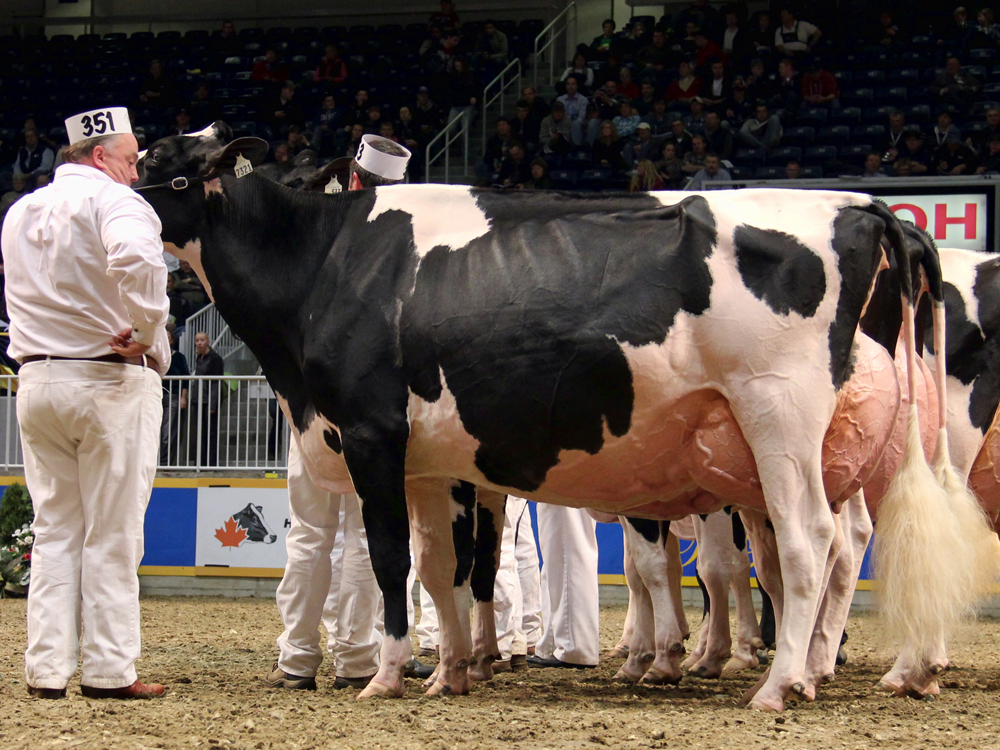
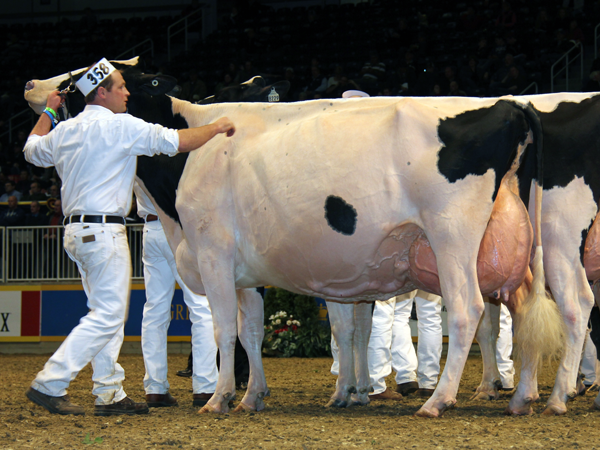

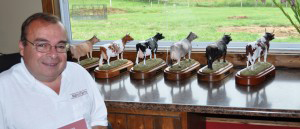

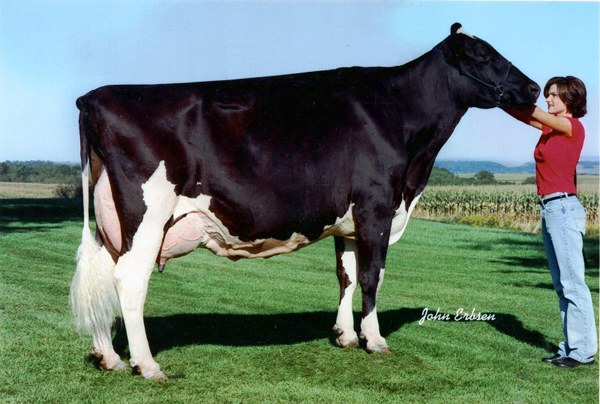
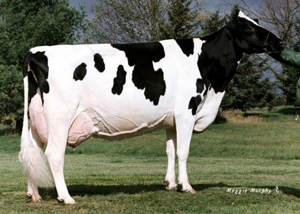
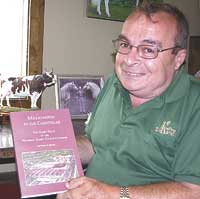
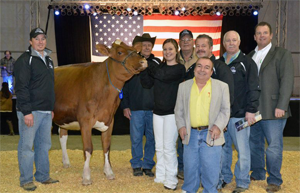
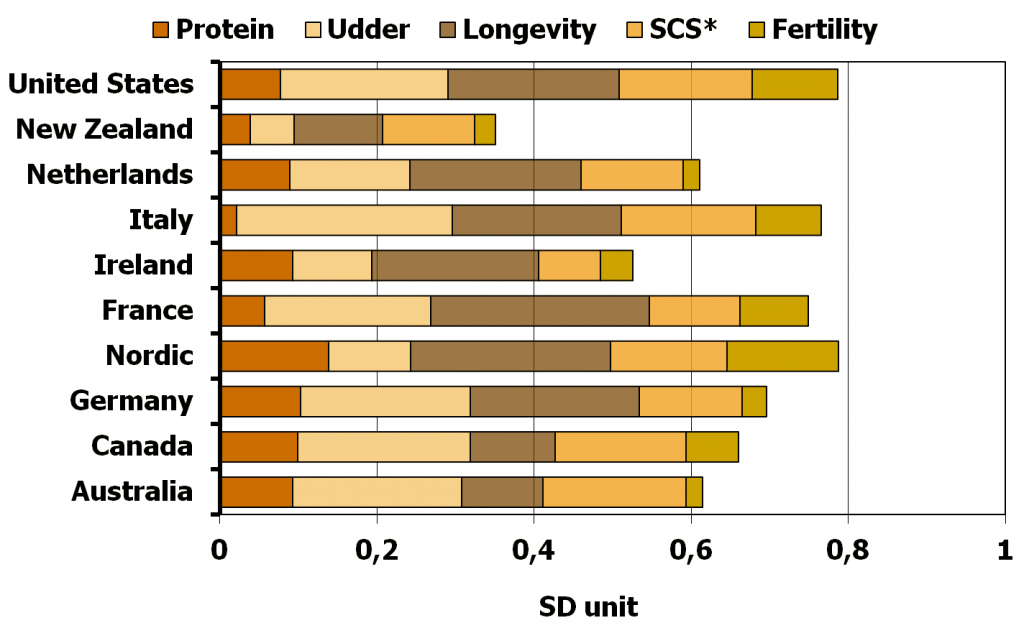
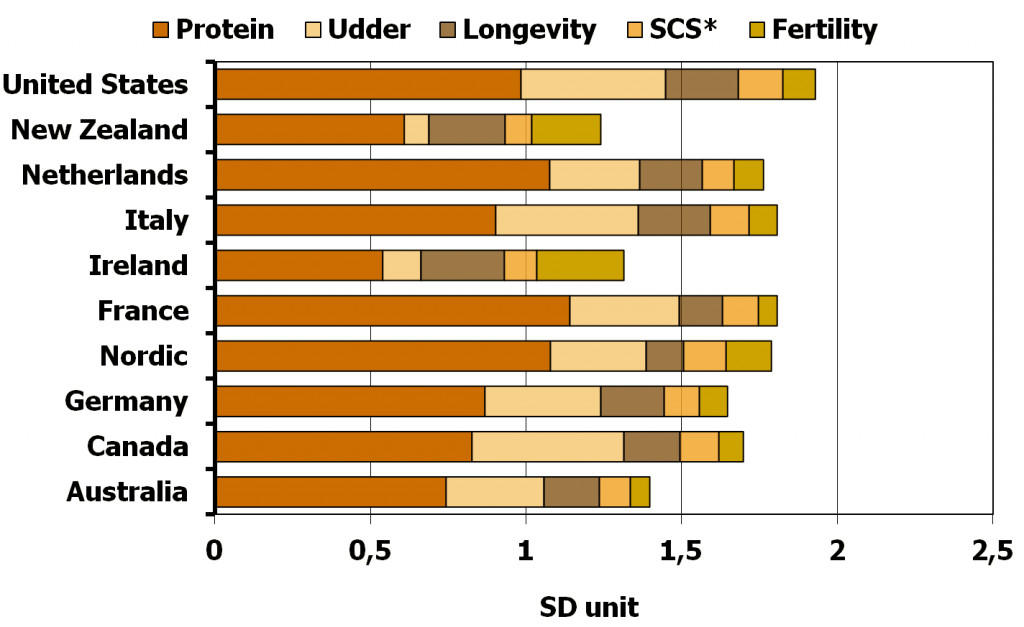
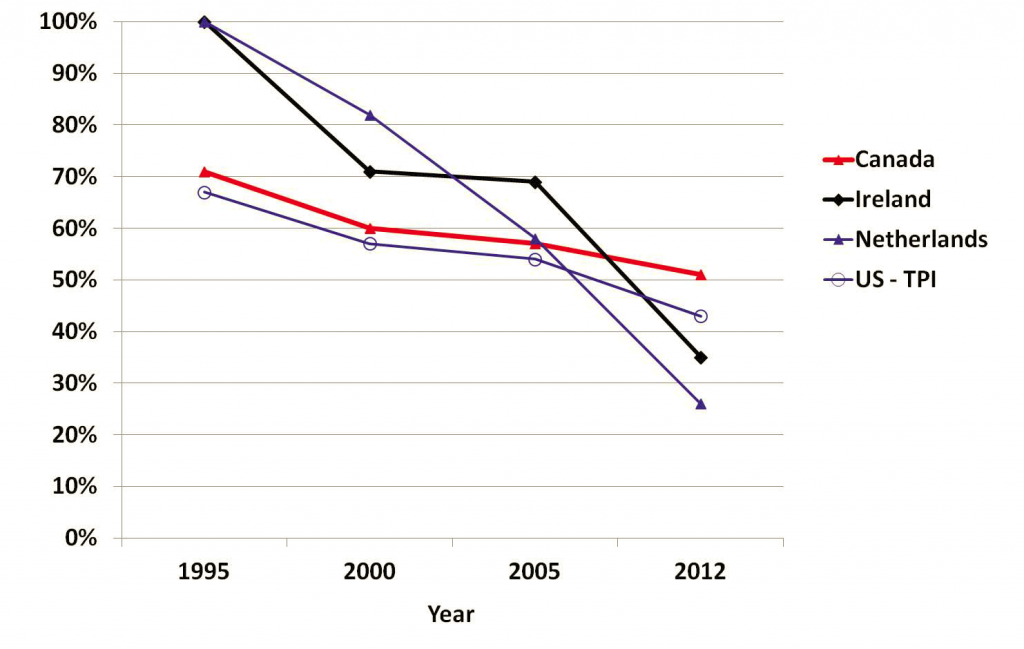
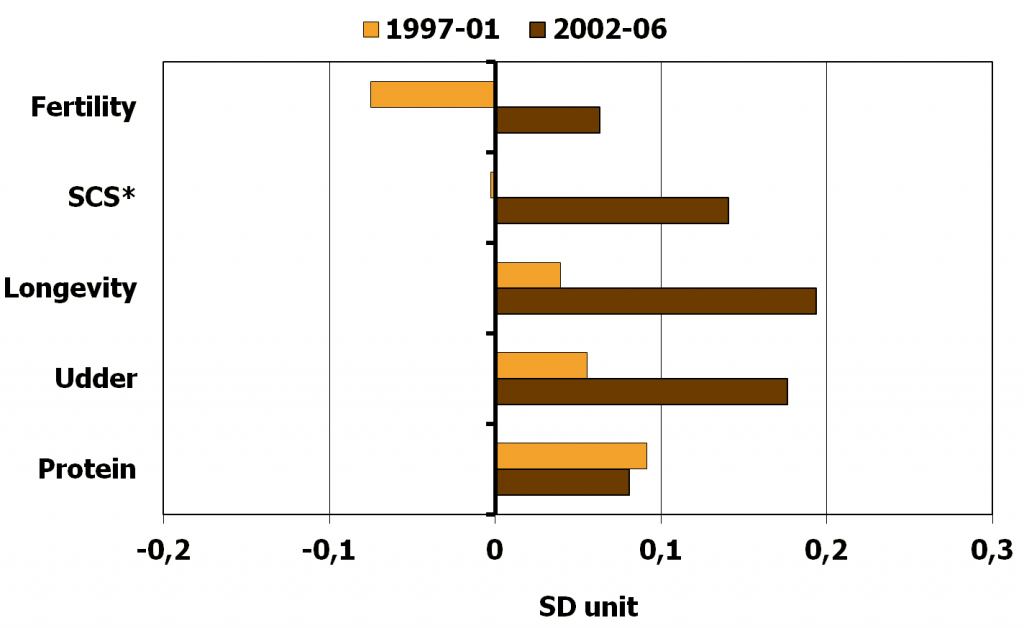
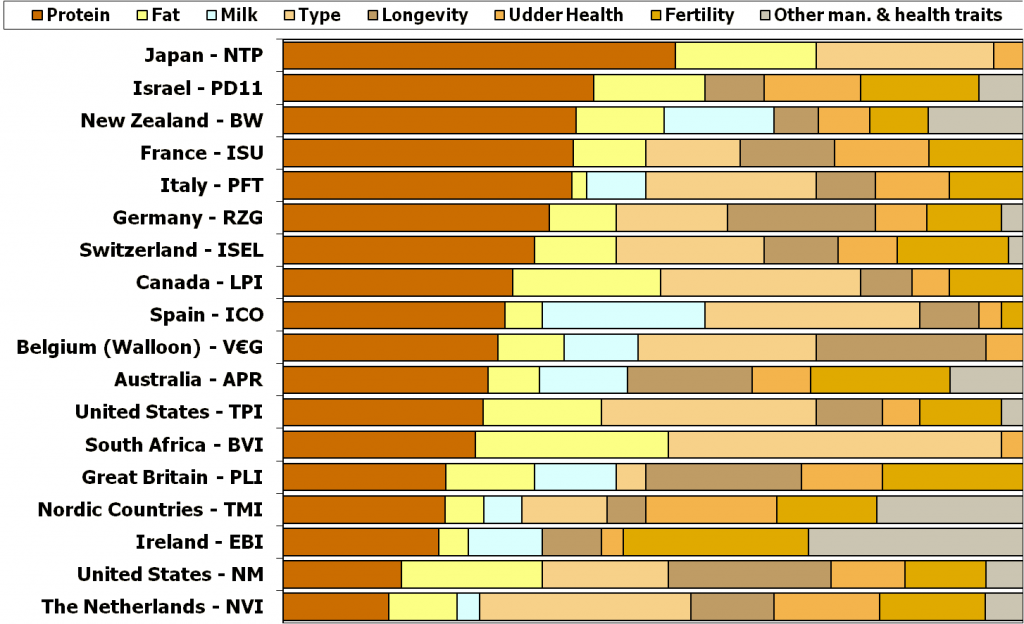
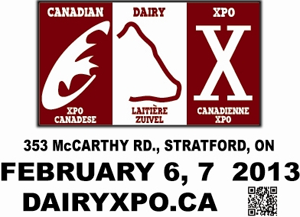

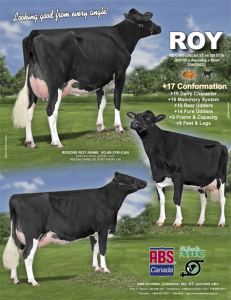
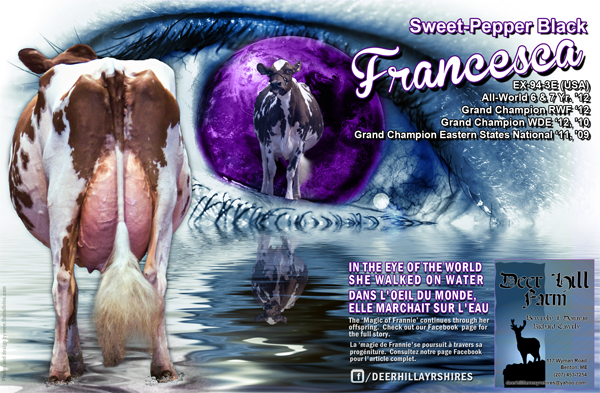
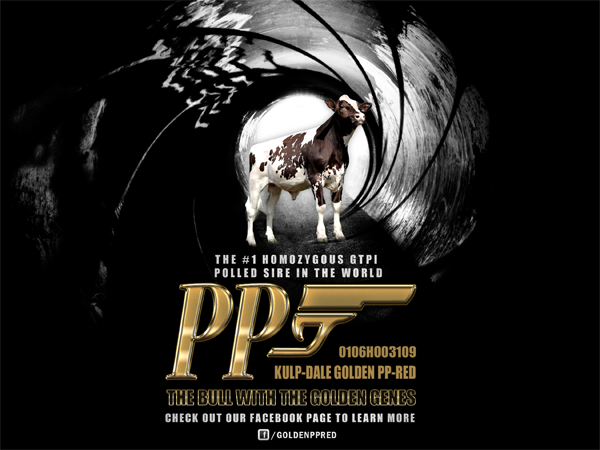
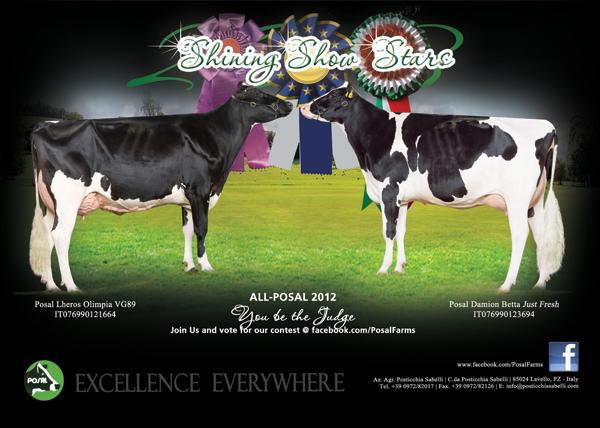
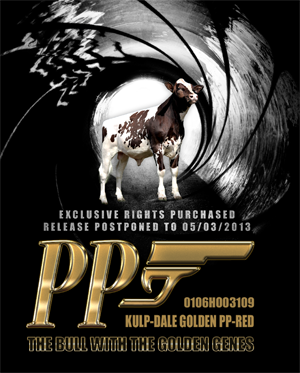 Ri-Val-Re recently attracted prominent attention, when they paid $10,000 a dose for five doses of polled semen. That’s a great story in itself but this one was even more unique in that it took place on Facebook (
Ri-Val-Re recently attracted prominent attention, when they paid $10,000 a dose for five doses of polled semen. That’s a great story in itself but this one was even more unique in that it took place on Facebook (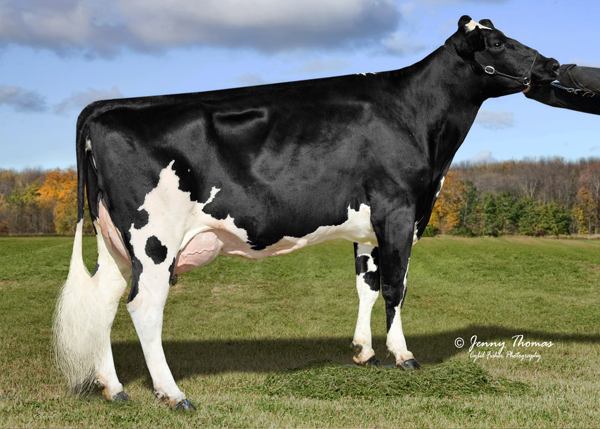
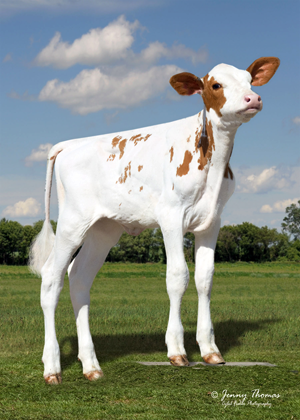
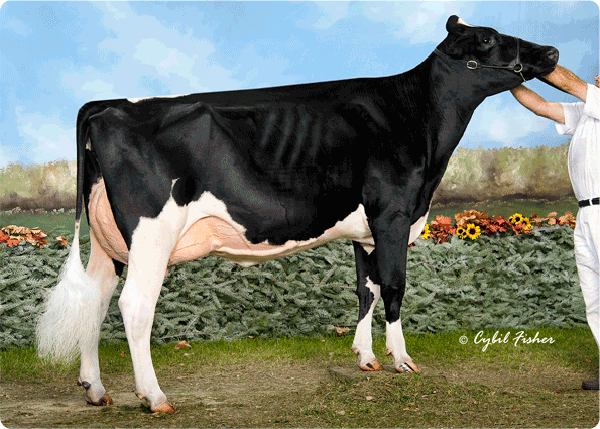
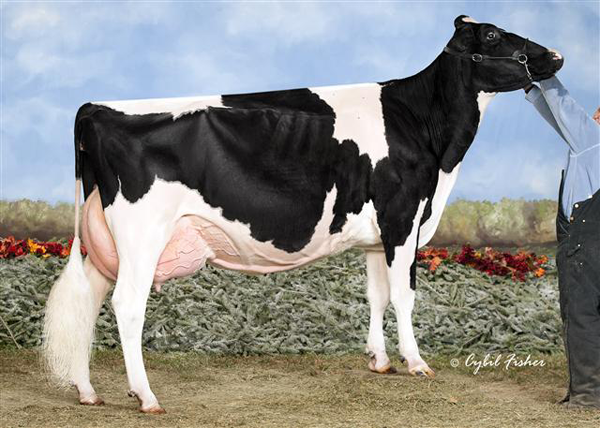
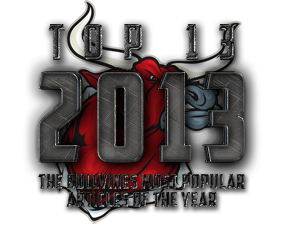
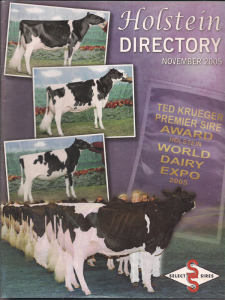 Bred by Regancrest Farms, Waukon, Iowa, Durham was born in 1994 and would go on to be one of the most popular sires of the first decade of the new millennium. Durham’s pedigree combines Bell and Chief Mark bloodlines as he was by a son of Bell, and Snow-N Denises Dellia (EX). His dam was out of a Bell daughter. Also Dellia and Effie, his sire’s dam, were both from Chief sons and his pedigree shows four Ivanhoe crosses and two to Fond Matt. Durham has left a very consistent transmitting pattern in both his daughters and his sons. Due to his low production numbers, he was not used heavily as a sire of sons, but his daughters have seen extensive use as bull mothers.
Bred by Regancrest Farms, Waukon, Iowa, Durham was born in 1994 and would go on to be one of the most popular sires of the first decade of the new millennium. Durham’s pedigree combines Bell and Chief Mark bloodlines as he was by a son of Bell, and Snow-N Denises Dellia (EX). His dam was out of a Bell daughter. Also Dellia and Effie, his sire’s dam, were both from Chief sons and his pedigree shows four Ivanhoe crosses and two to Fond Matt. Durham has left a very consistent transmitting pattern in both his daughters and his sons. Due to his low production numbers, he was not used heavily as a sire of sons, but his daughters have seen extensive use as bull mothers.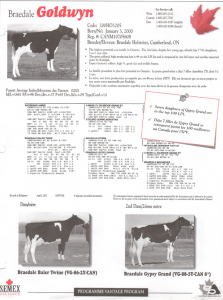 Goldwyn has been an extremely popular sire worldwide since his initial proof in 2004. This is not surprising given the strong maternal line behind him. His dam Braedale Baler Twine (VG-86 23*) was Canada’s cow of the year in 2007 and his second dam Braedale Gypsy Grand (VG-88 36*) was the Canadian Cow of the year in 2003. While many think that Goldwyn made the name for this cow family, long before Goldwyn was proven the family was already proving itself with Gypsy Grand sons Goodluck, Freelance, Spy, Freeman and Bold topping the bull list and daughters Cheetah, Second Cut, and Clairvoyant topping the cow lists. This explains why Baler Twine was contracted as a virgin heifer at a time when the family name was not as prevalent as it is now.
Goldwyn has been an extremely popular sire worldwide since his initial proof in 2004. This is not surprising given the strong maternal line behind him. His dam Braedale Baler Twine (VG-86 23*) was Canada’s cow of the year in 2007 and his second dam Braedale Gypsy Grand (VG-88 36*) was the Canadian Cow of the year in 2003. While many think that Goldwyn made the name for this cow family, long before Goldwyn was proven the family was already proving itself with Gypsy Grand sons Goodluck, Freelance, Spy, Freeman and Bold topping the bull list and daughters Cheetah, Second Cut, and Clairvoyant topping the cow lists. This explains why Baler Twine was contracted as a virgin heifer at a time when the family name was not as prevalent as it is now.




